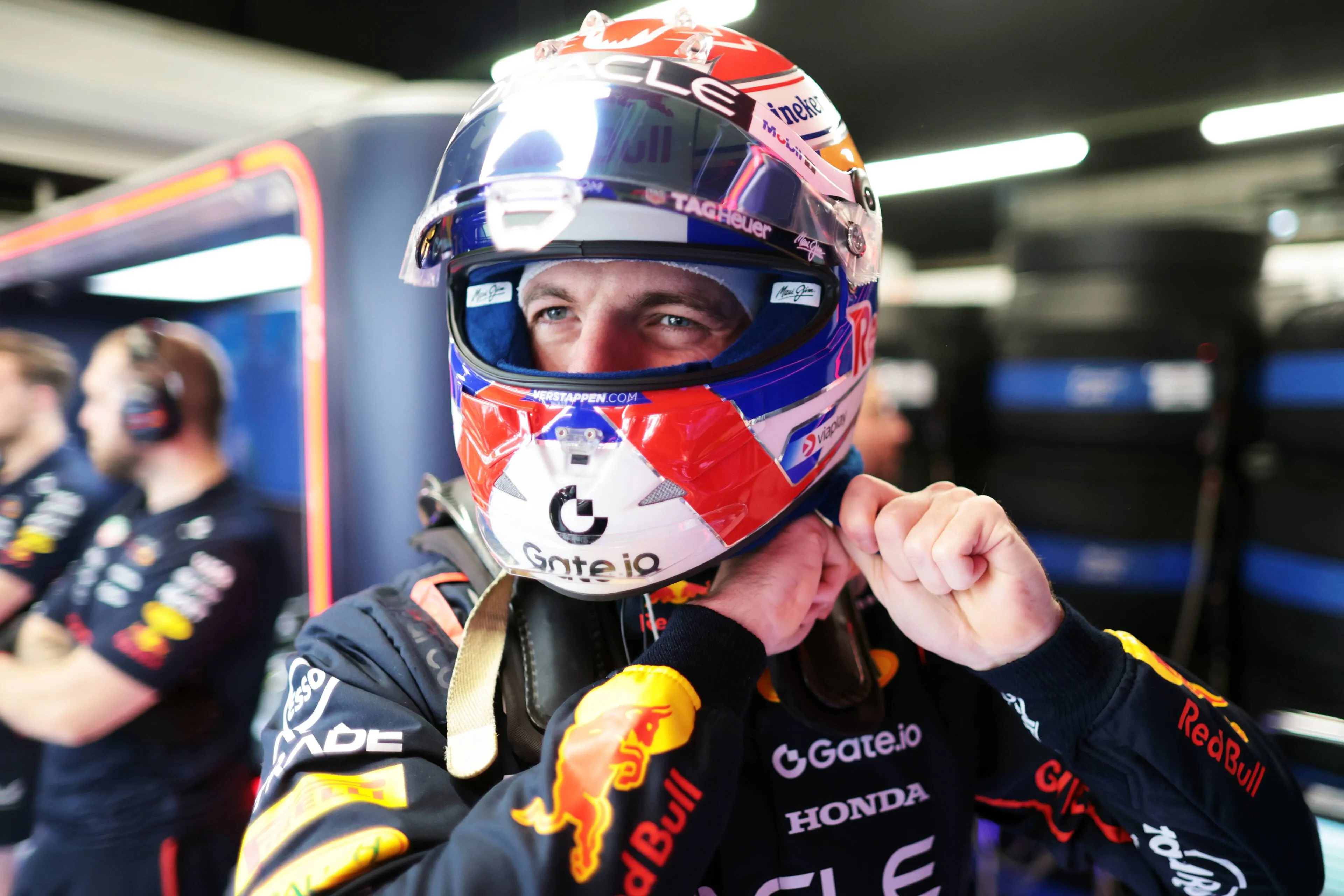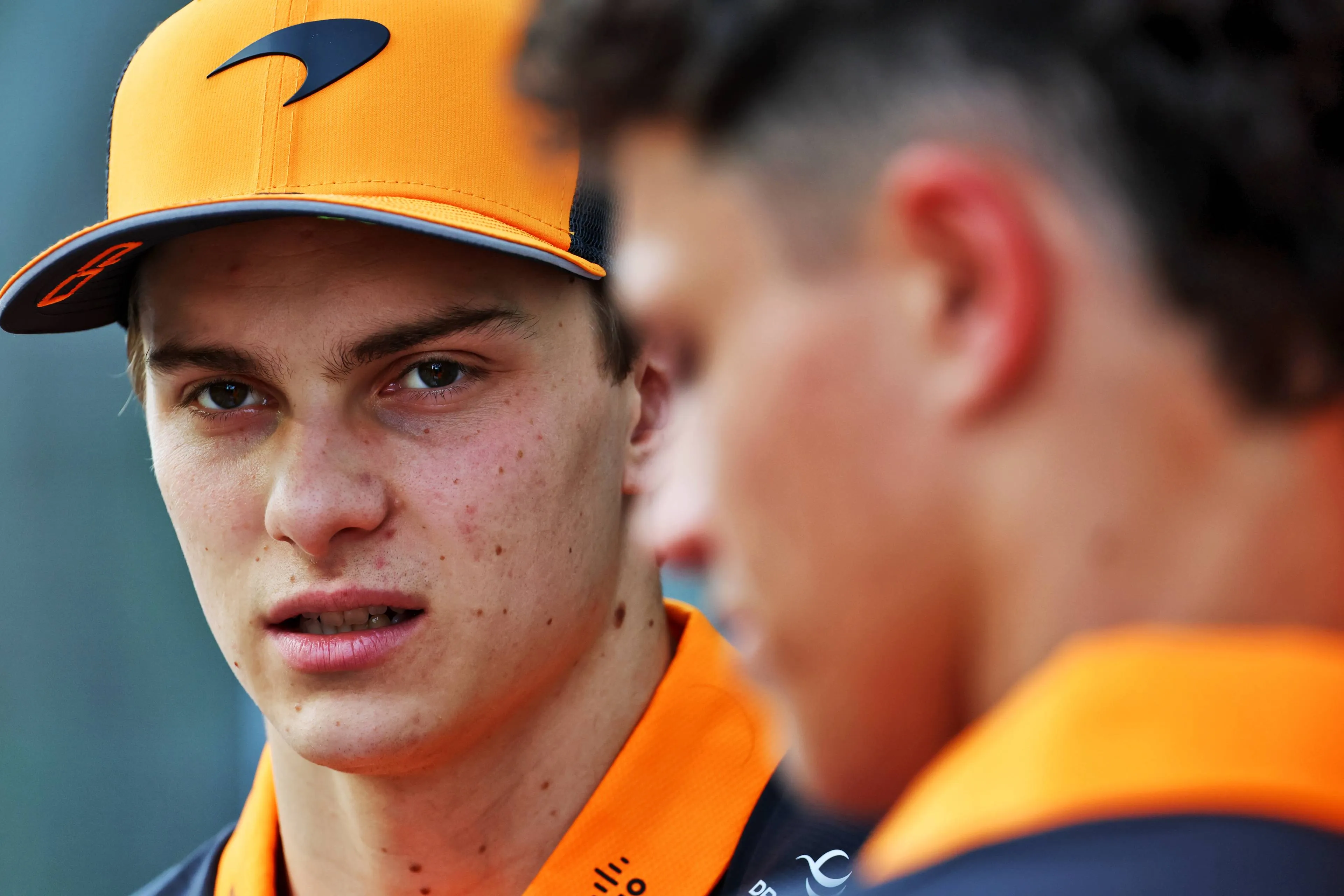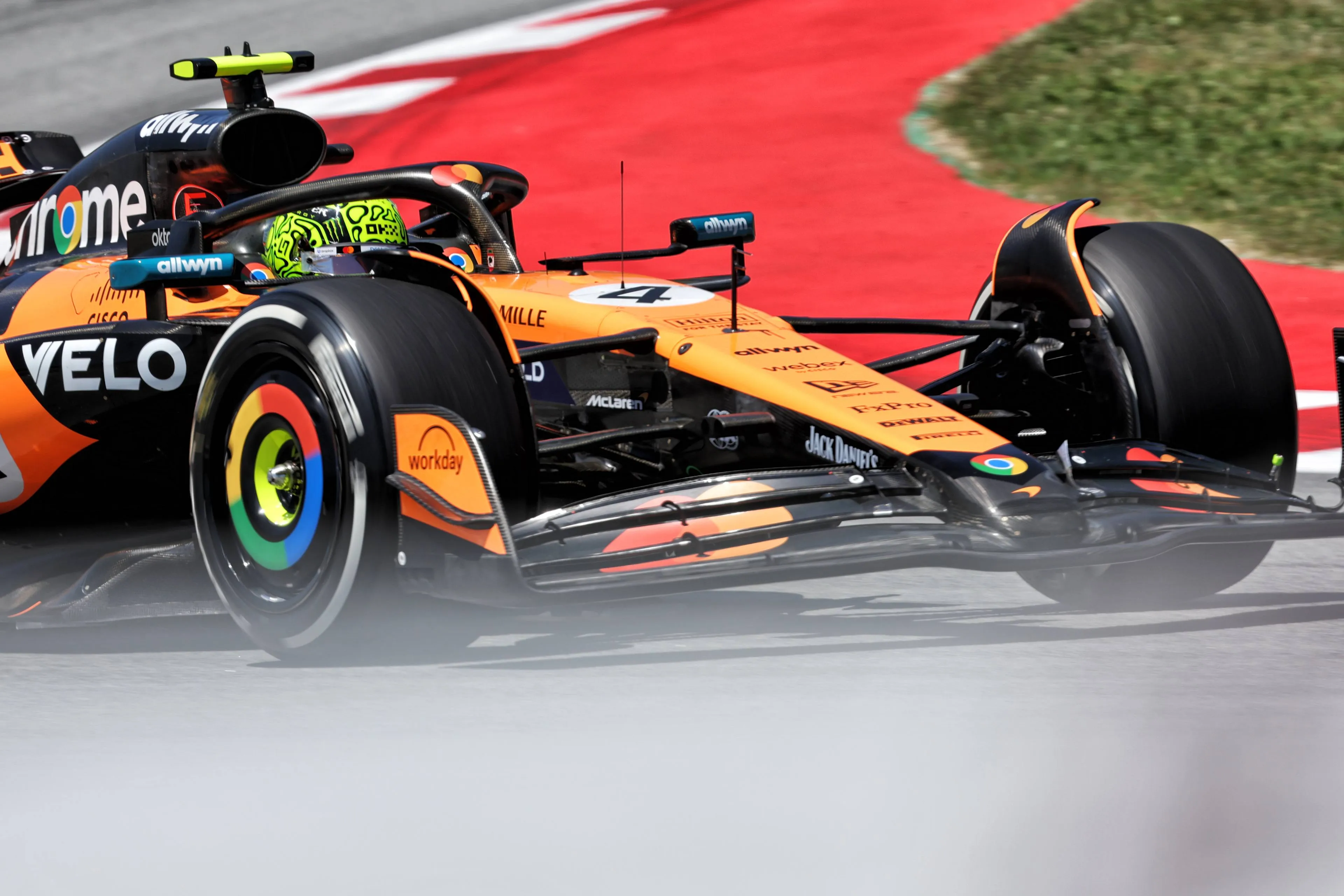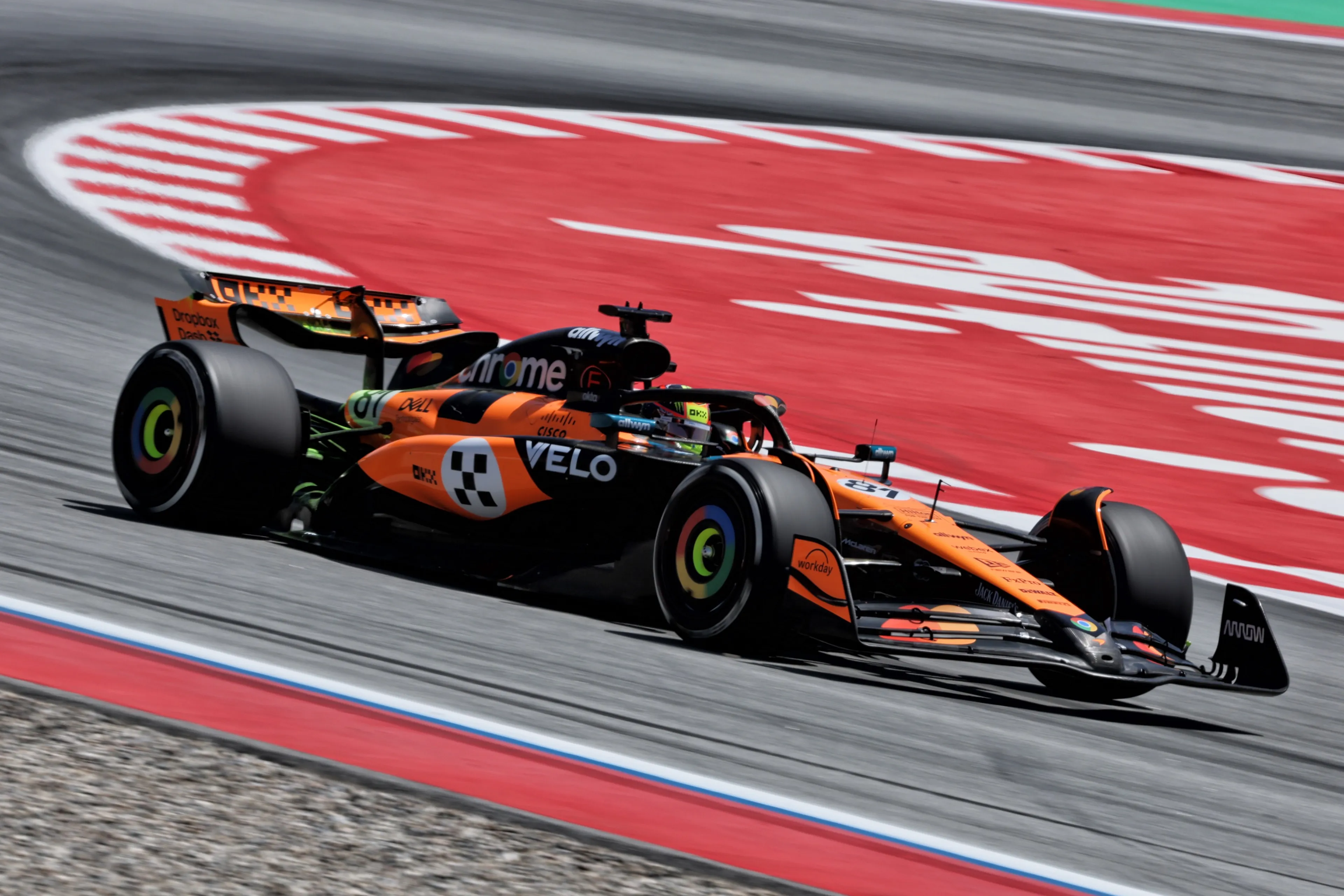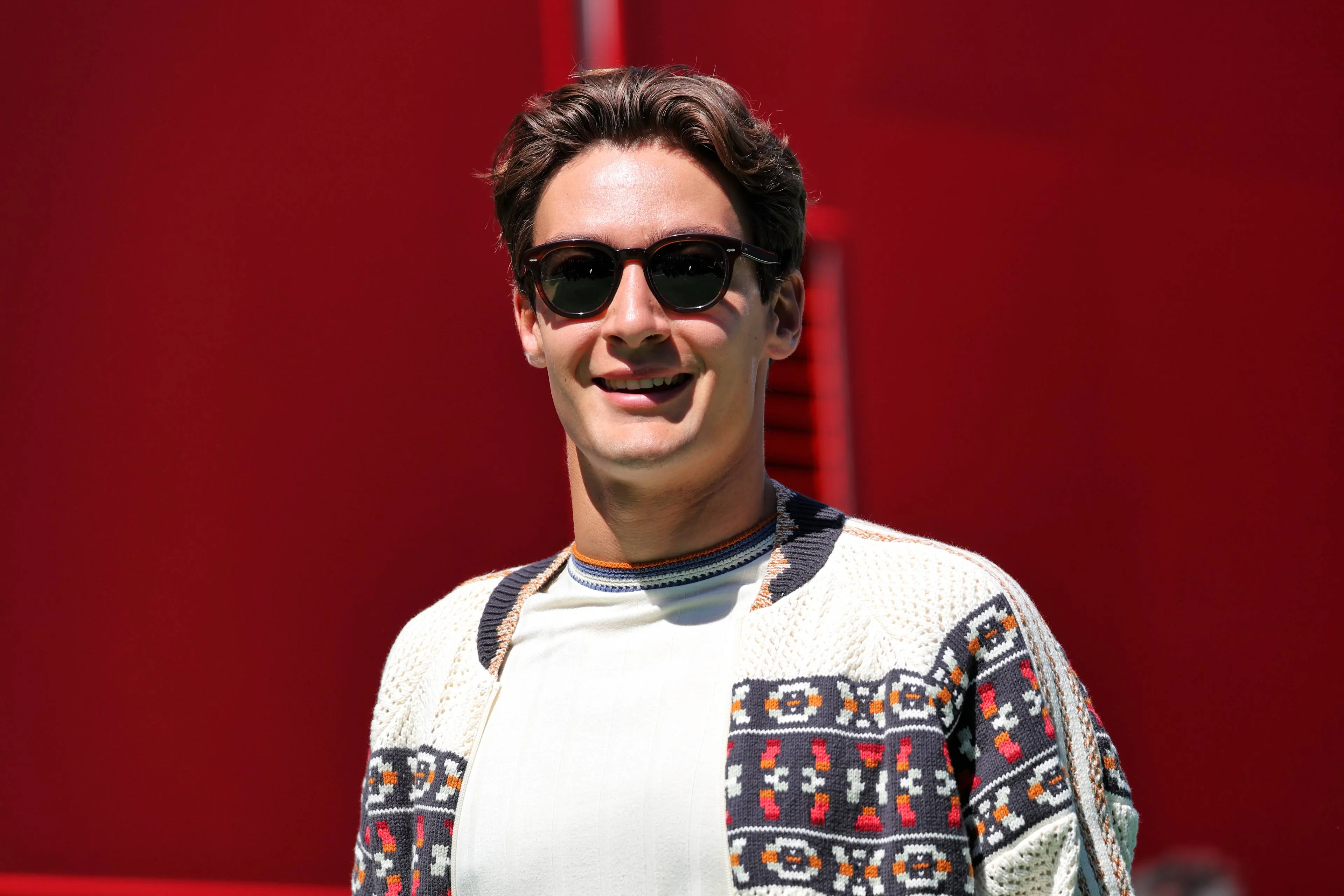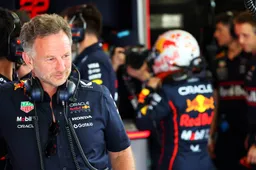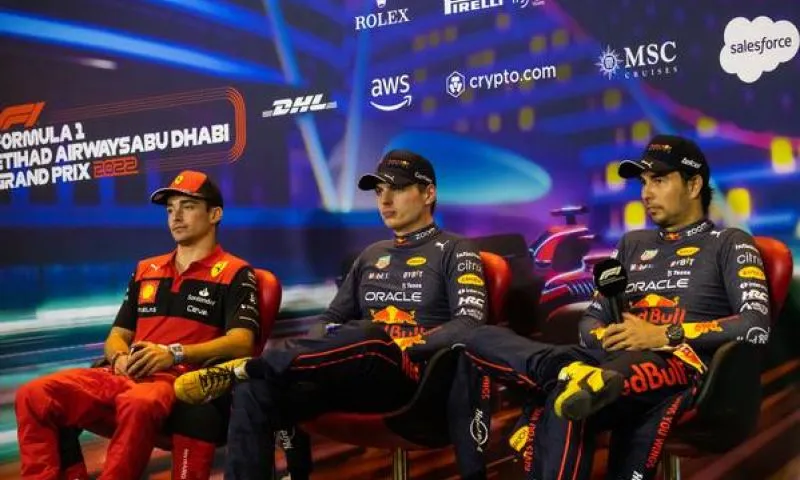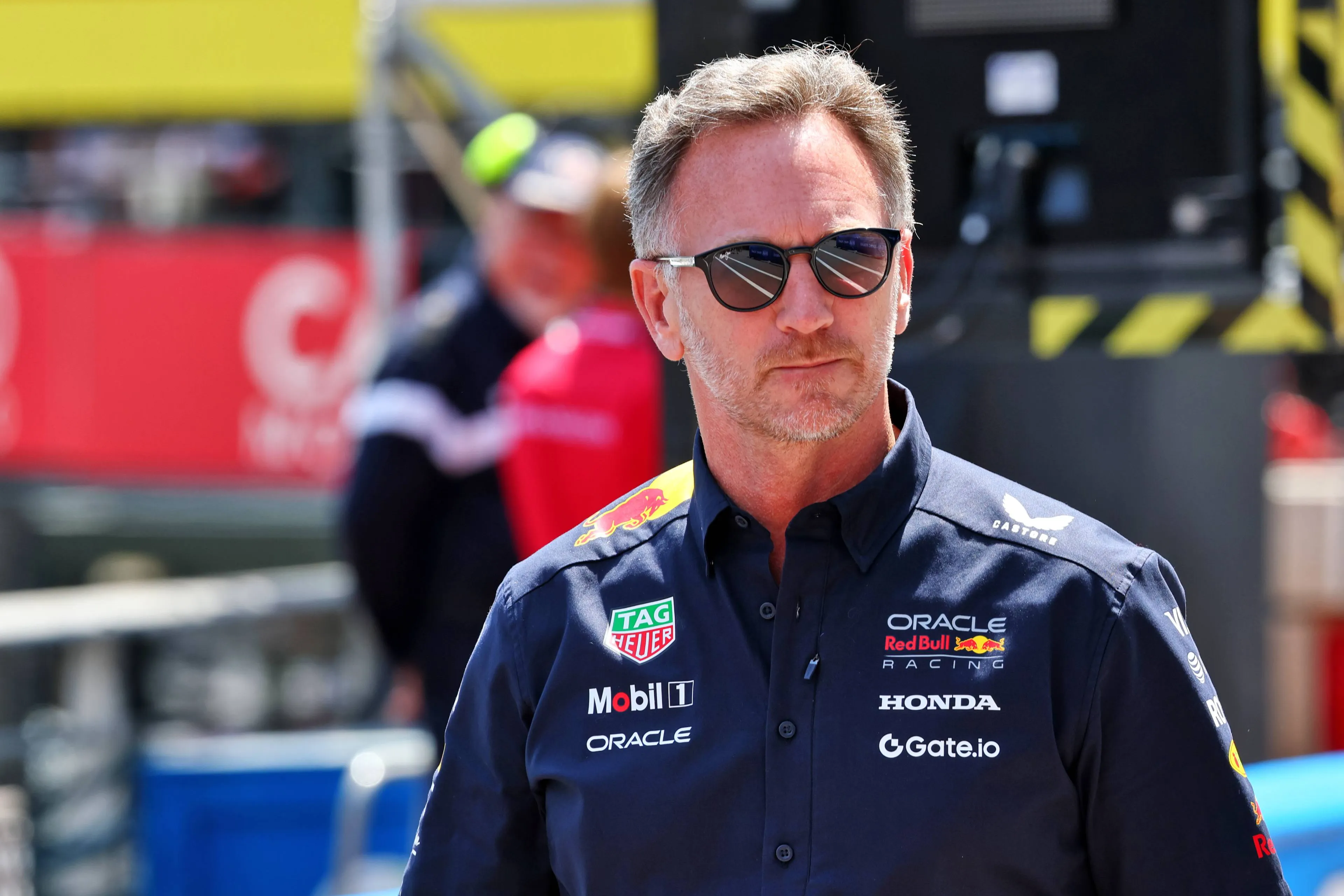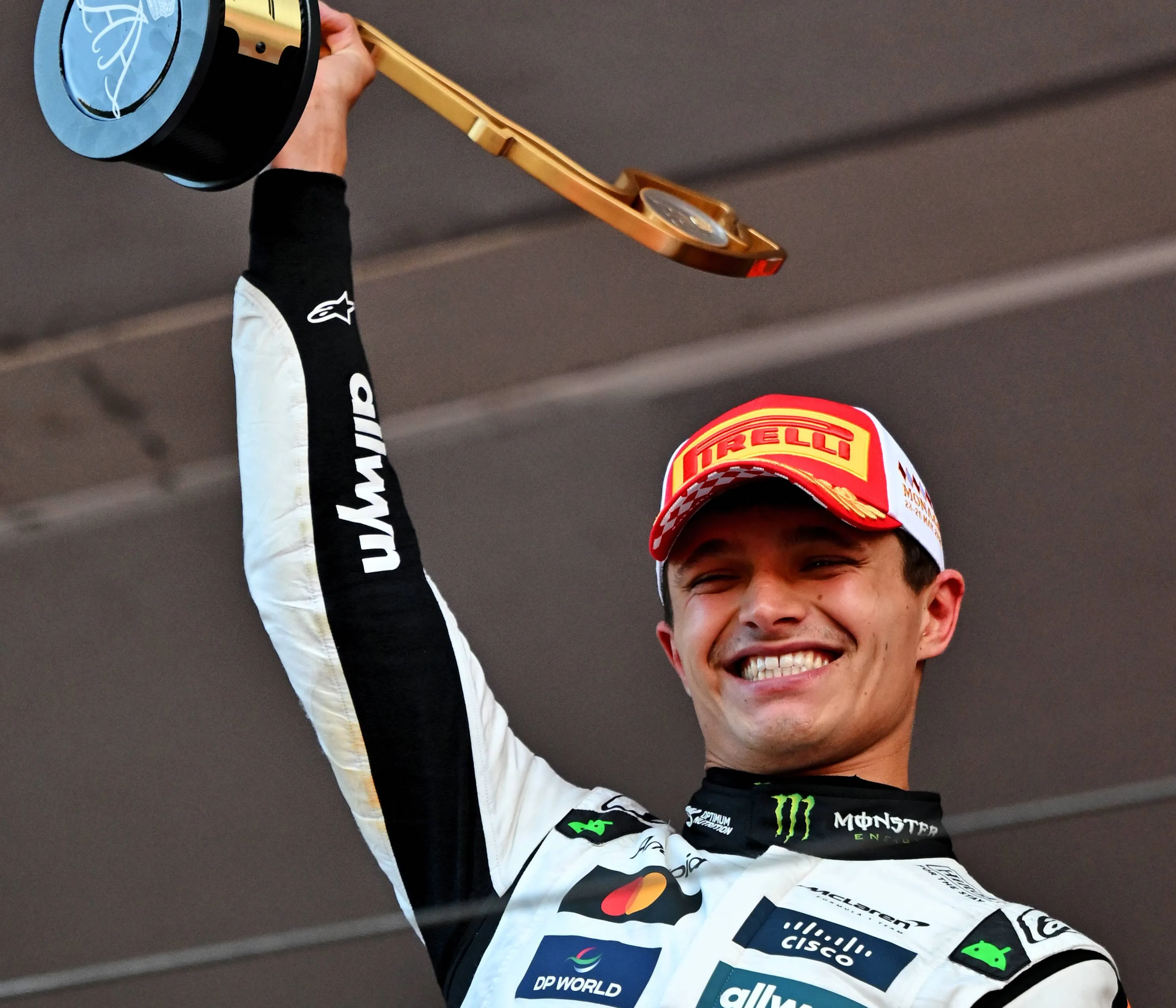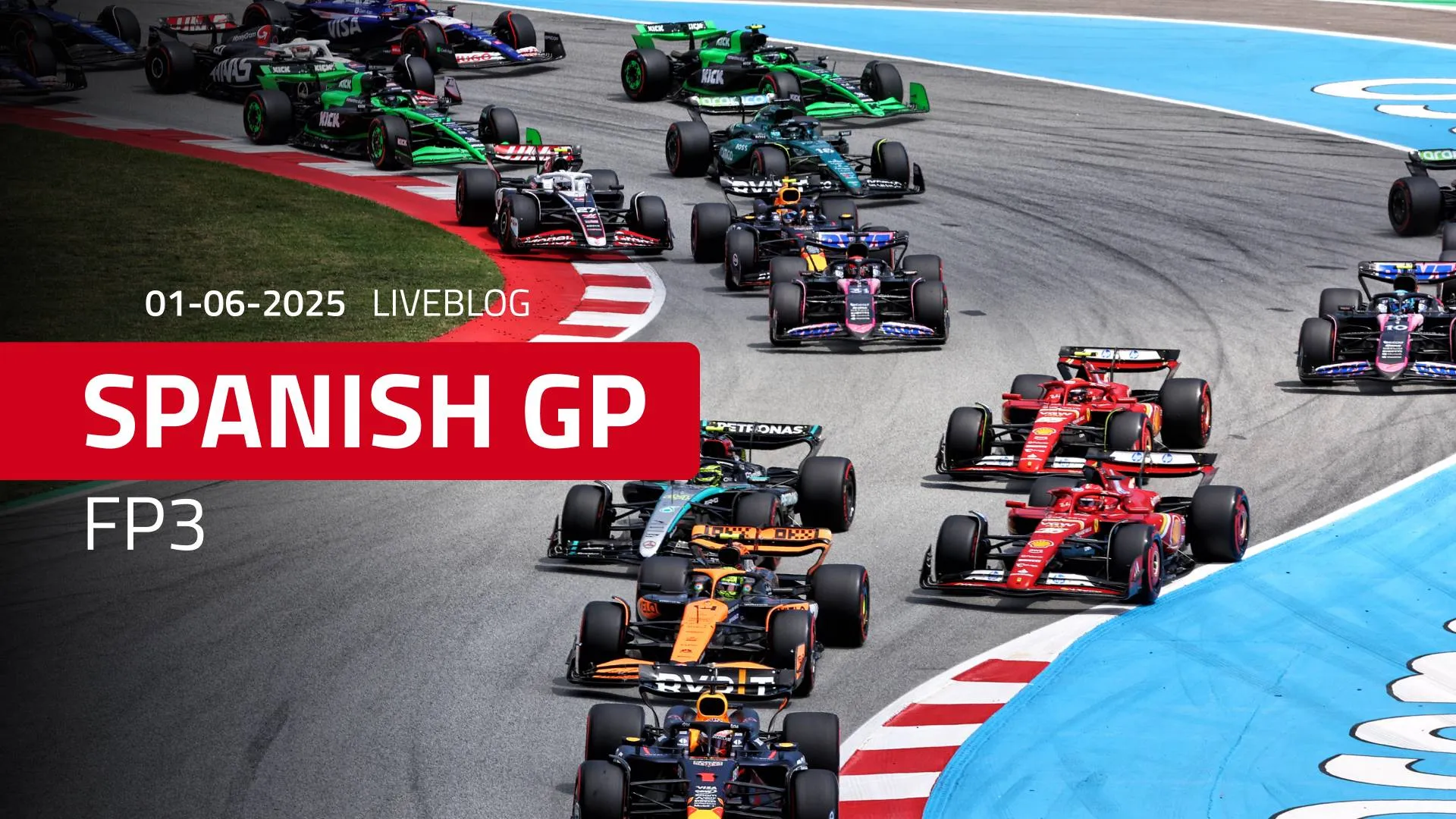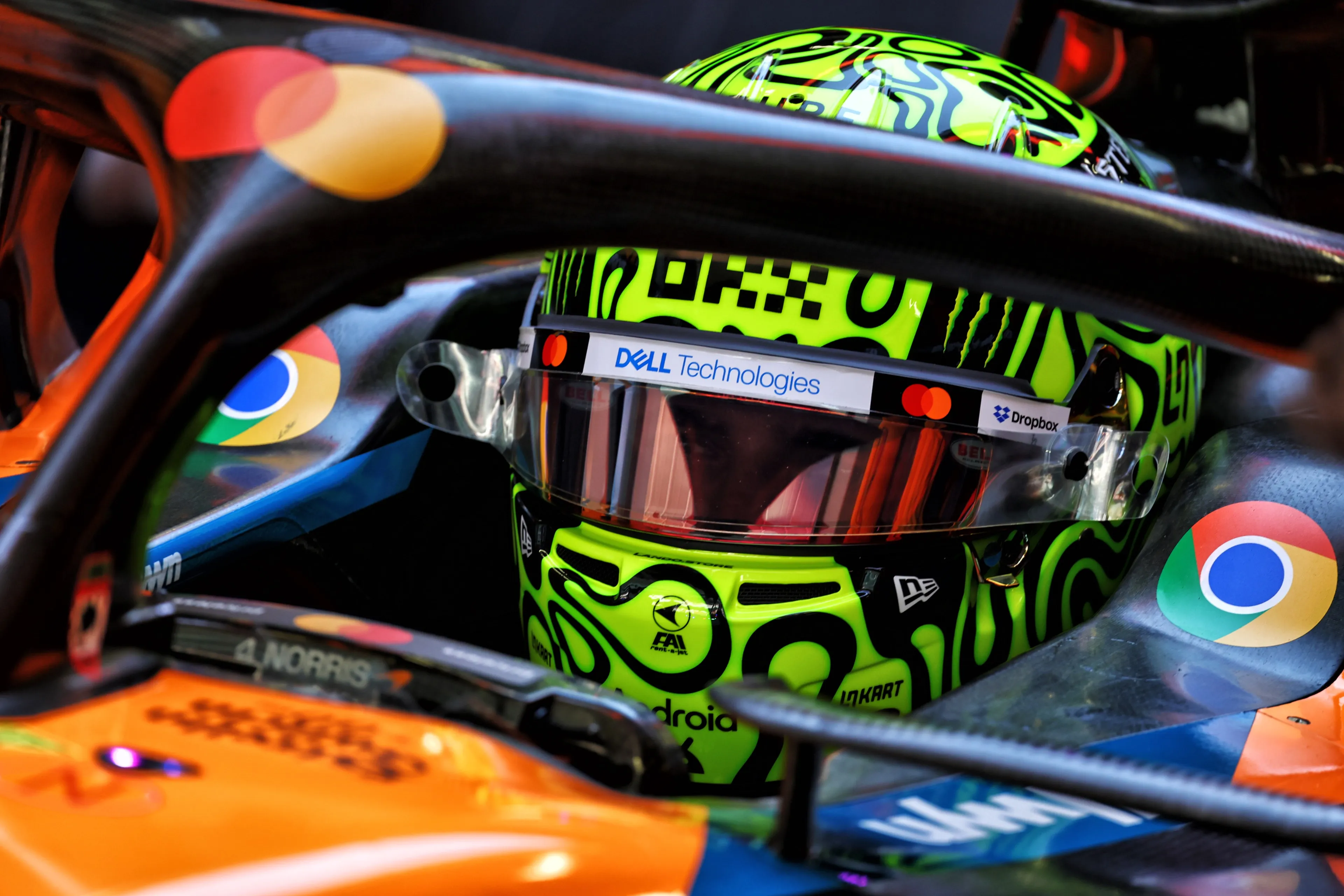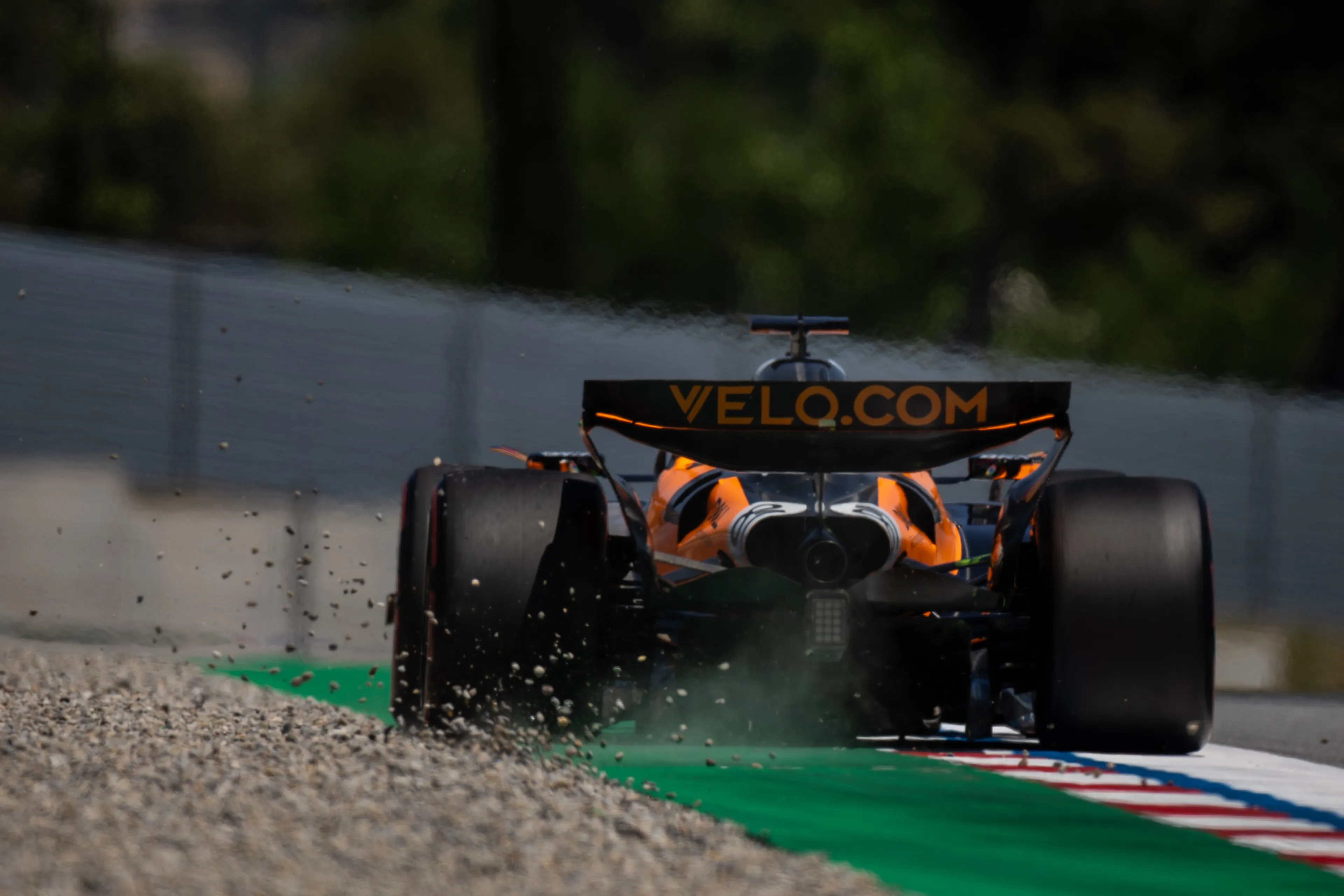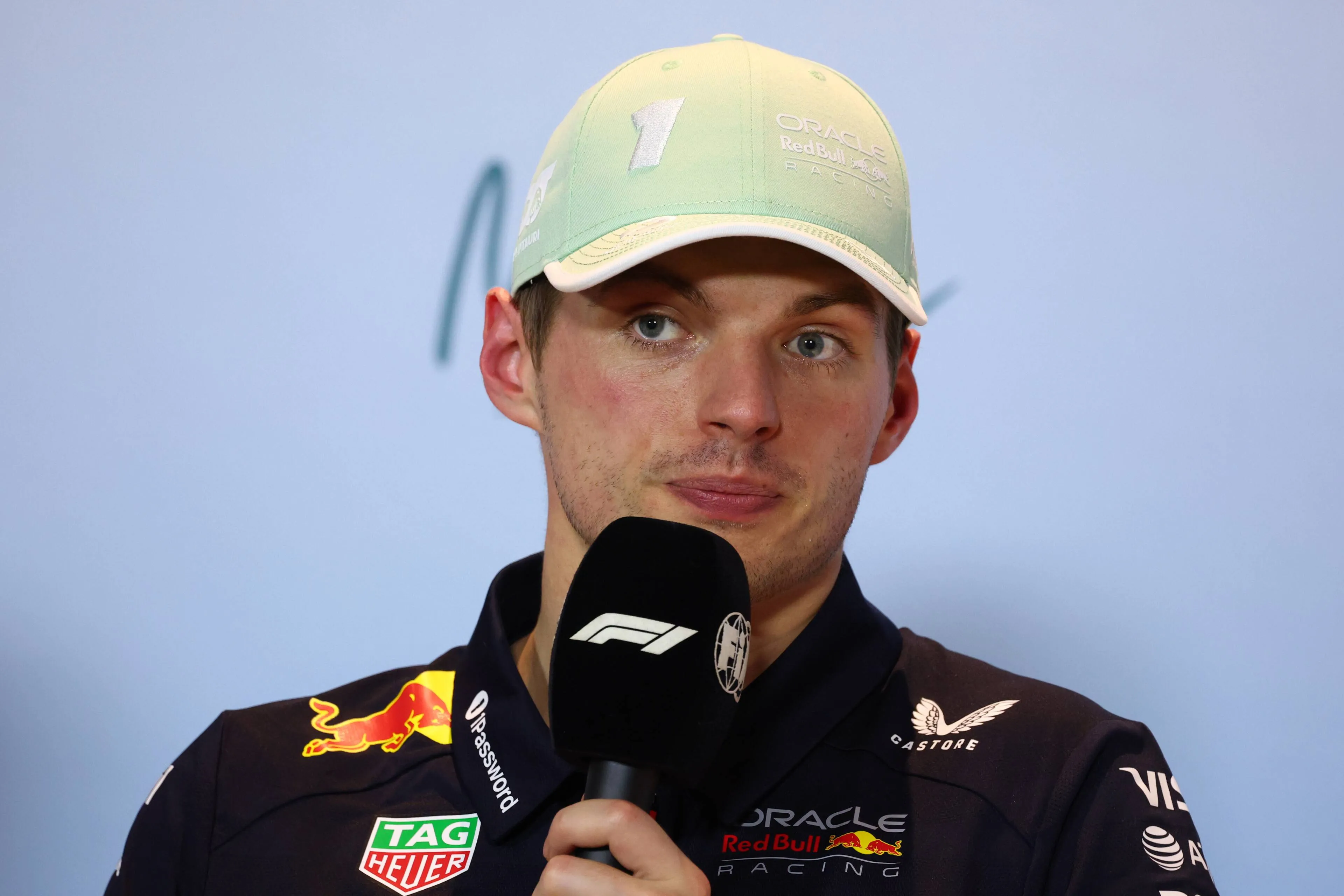Piastri was right to fear Verstappen, but needs to watch out for Ferrari too
21:01, 30 May
9 Comments
During media day on Thursday Oscar Piastri said to media including GPblog that Max Verstappen was a candidate for the win in Spain, and the long runs data supports the Aussie's view.
For Spain the FIA introduced a revised TD018 regarding the flexibility of the front wing, something many hoped would have an impact in performance. Nevertheless, such an impact has not materialised - yet.
Verstappen and Red Bull the quickest in Spain in the long runs in FP2
For Red Bull Spain was a trial by fire. Why? Because the Circuit de Barcelona-Catalunya in Montmeló is notorious for its high tyre degradation, and with the sunny and hot conditions forecasted for the Spanish Grand Prix weekend, it was the perfect conditions to put to the test their stronger - than McLaren's - tyre preservation capabilities.
And if one of to take anything from Verstappen's mighty long run data, is that Red Bull has indeed taken a step forward in that sense.
Whereas all his rivals failed to stay within the 1:19's, Verstappen seemed to do so effortlessly. Out of his first four laps three are in the 19.7's, with his second tour being a 19.961s. For the following three laps the Dutchman laps consistently in the 20.4's, indicating he's doing a bit of tyre management, trying to cool the temperature of the rubber.
But then he not only goes back to lapping in the 1:19's, but he improves his initial lap times with a 19.528s, being his best lap so far. After that he clocks in a 20.297s, a 19.961s, and two 20.0's to average a 1:19.993s overall.
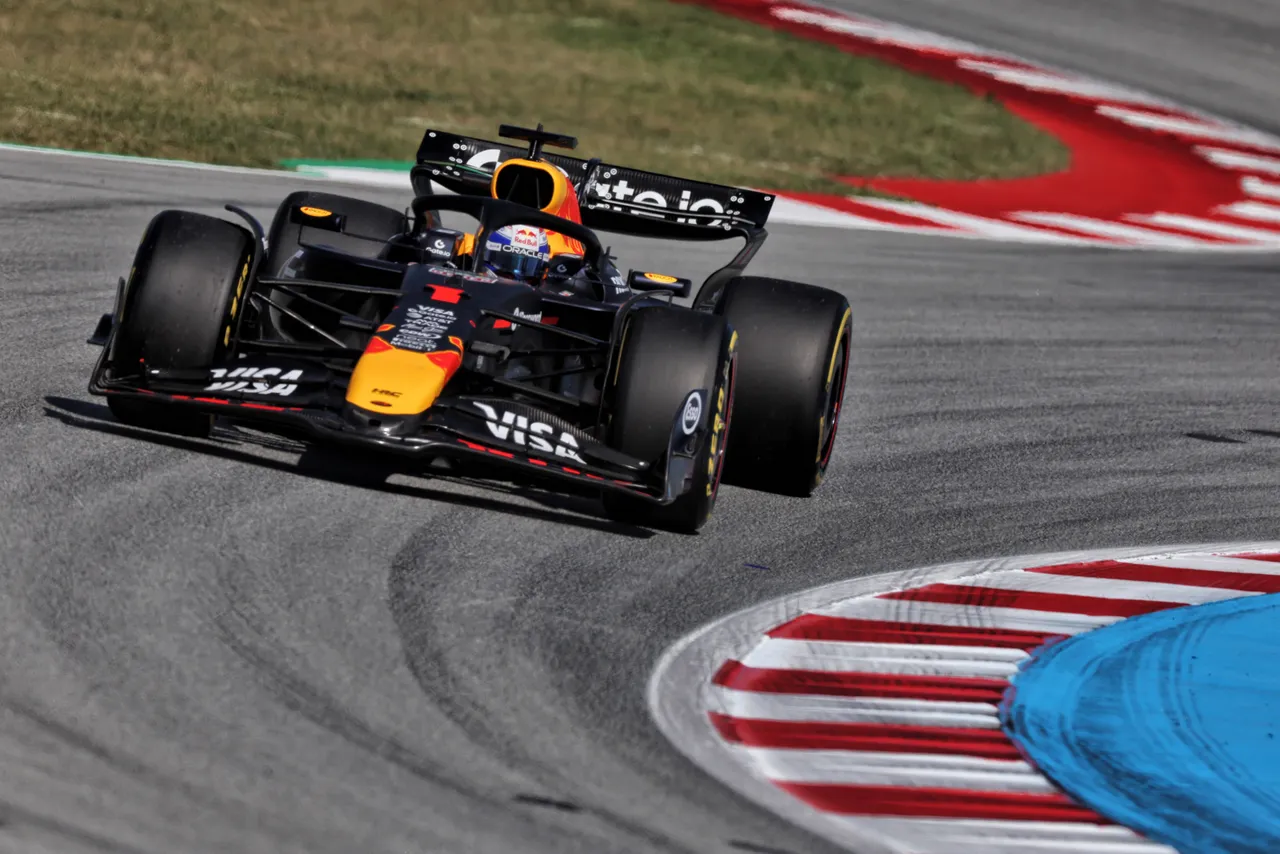
Max Verstappen during FP2 for the Spanish Grand Prix
Read also
Norris quicker than Piastri but still no match for Verstappen
Or has it? In the hot and sunny conditions of FP2 at Montmeló, the McLaren's failed to match Max Verstappen's consistency - and speed - conditions where the papaya team would usually thrive under.
Where McLaren usually has the edge on Sunday's this time it appears the papaya team are conceding laptime to Red Bull Racing, at leas to Verstappen anyways.
Although Piastri's pace is at times rapid and is able to dip into the 1:19's, he only does this at the beginning of his stint. And as it progressess the pace gradually falls away, as the lap times steadily climb into the 1:20's and later on into the 1:21's, averaging a 1:20.897 across all 14 laps.
For the Aussie driver's teammate Norris, the situation looks much better. But still not as good as Verstappen's. With 10 laps on the board, Norris was only able to go under the 1:20's once, with a 1:19.911.
Whilst in the final two laps of his stint some tyre degradation may be discernible, it is nowhere near as bad as Piastri's. The current runner-up in the Drivers' standings's race pace averages a 1:20.221. But still no match for Verstappen.
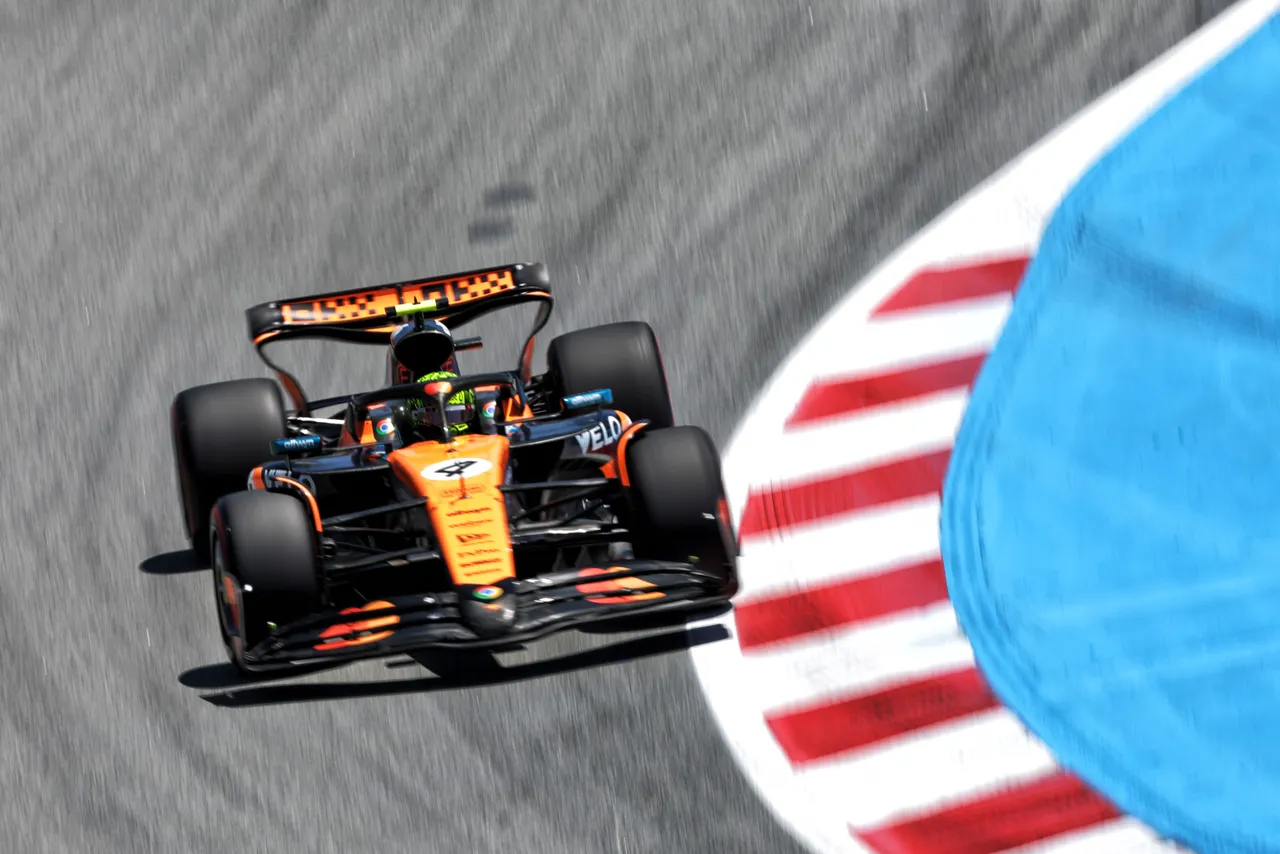
Lando Norris driving the MCL39 in Montmeló
Read also
Lewis Hamilton has the edge on Leclerc at Ferrari and poses threat to McLaren
Whilst Ferrari has not been able to shake their less than optimal qualifying pace, their long runs, particularly Hamilton's, are looking very good.
The Briton completed a ten laps long stint, and a revealing one at that. Despite running in the high 1:20's, which could be done to introduce the tyre gently into the stint, he gradually brings the lap times down and in the seventh lap he clocks in his second best time so far: a 1:20.433.
Then Hamilton finds more performance in the tyre and dips into the 1:19's, with a 19.051s, which then deteriorates into a 19.470s, marking his final lap a 19.869s, which averages a 1:20.269s, just 0.048s off Norris.
Leclerc's stint looks less promising than his teammate, though. Although he too is able to go below the 1:20's threshold, his pace is not as consistent as Hamilton. The Monegasque even goes up into the 1:21's on two occasions: first at the start of the stint, to bring the tyre in gently, and then in the final laps of his stint.
That being said, the tyre degradation of the SF-25 looks promising, as Leclerc manages to finish his stint with a 20.652s, averaging a 1:20.607s.
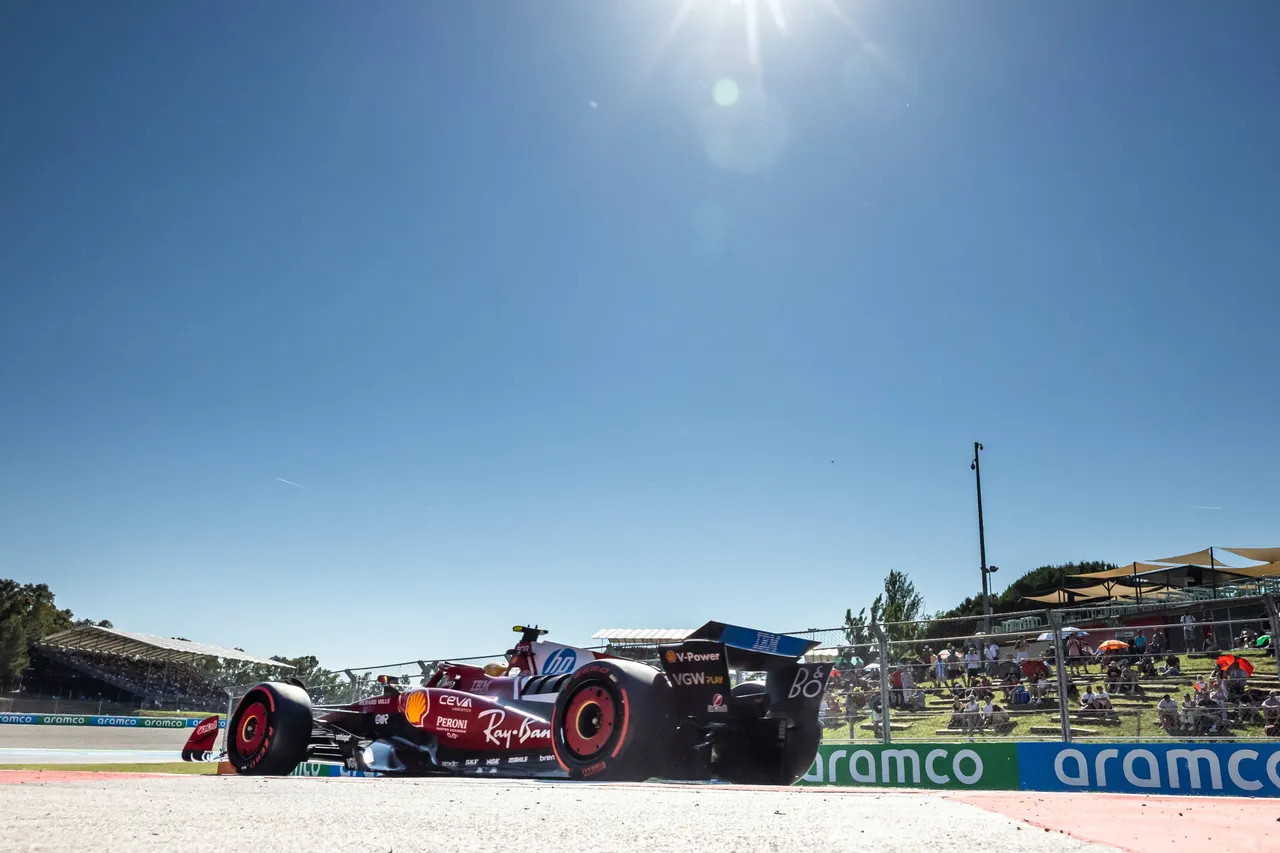
Lewis Hamilton driving the SF25 Ferrari in Barcelona
Read also
Mercedes out of contention in Barcelona?
Good news for Mercedes, both George Russell and Andrea Kimi Antonelli are evenly matched. The bad news, is that they are painfully far from their competitors
The Briton is unable to move up on the Ferrari's, the McLaren's and Verstappen. Despite the pace being in the W16, as Russell's first lap shows a great deal of potential with a 1:20.019, his lap times shoot up the very next lap by nearly half a second, which he never recovers.
As his stint progresses, Mercedes' tyre degradation struggles become evident. Each lap the Briton loses on average two to four tenths, although in some laps he is able to improve on his previous lap, he never matches his 20.0s, let alone his 20.4s. At the end of his 16 lap stint, Russell averages a 1:20.847s, simply too slow to fight for the top prizes in Spain as well it seems.
Antonelli's stint is one lap shorter, and although he's able to clock in two laps at the end that dip below the 1:20's, his overall pace is still not what it should be if he is to vy for the podium places in Barcelona.
Whilst Antonelli shows bouts of consistency, these are interrupted by outliers a second slower than his actual pace at the moment. His second lap is a full second slower than his first, before regaining the rhythm and setting his fastest lap yet the very next tour.
On his sixth lap, he is again 8 tenths slower than his previous lap with a 21.292s, a time he remains near of the following six laps before going all the way up to a 1:22.738s, a second and a half slower than his previous tour.
However, for his final laps the Italian is able to drive comfortably in the 1:19's, which adds to the mystery behind Mercedes' pace. In the end, Antonelli's average pace of 1:20.905, though close to that of his teammate Russell is still well away from Verstappen's mighty 1:19.993s.

George Russell driving the W16 at the Spanish Grand Prix
Read also
Why are the McLaren and Ferrari teammates so far from each other in Spain?
When teams get to a track, they usually split settings to try and find the right direction in terms of configuration. They often have to make sacrifices between qualifying pace, race trim speed, tyre longevity, car balance, among other things.
So one driver will get one configuration, and the other driver will get a different one altogether. Of course, the fuel and energy deployment levels are not yet known, but to have clear insights into the overall pace of the car, both drives sometimes work with the same fuel and energy deployment levels.
Read more about:
Rumors
Popular on GPBlog

1
Unhappy Alonso throws veiled threat at rival Hamilton at Spanish Grand Prix
862 times read
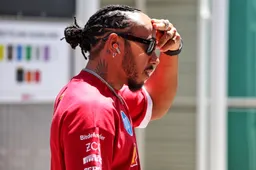
2
Hamilton's rumoured date takes a break from Instagram after receiving hateful comments
689 times read
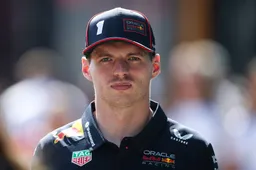
3
Verstappen displeased with Leclerc's unusual choice in Spain
553 times read
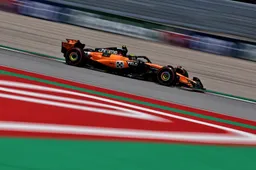
4
McLaren not hurt by newly-introduced TD on Day 1 in Barcelona, why Verstappen and Red Bull need each other
528 times read
